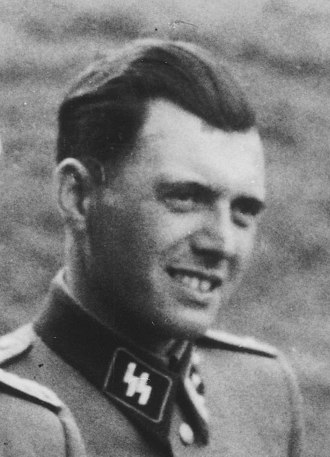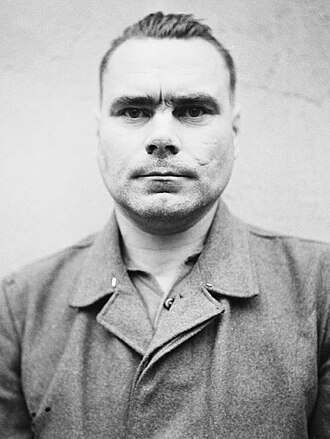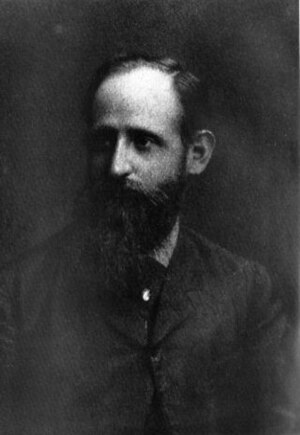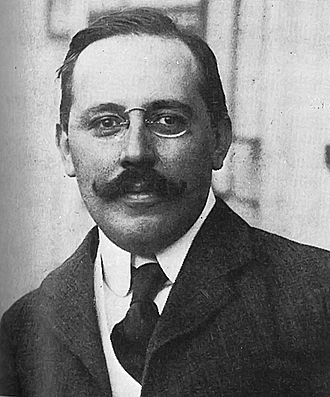Discover Your Roots
SIGN UPDiscover Your Roots
SIGN UPJosef is a male name of German origin, derived from the masculine given name Joseph. It carries the significant meaning "God Will Increase." This name is notably used in Austria, the Czech Republic, Germany, Switzerland, and Scandinavia. Josef is a variant of the widely recognized name Joseph and is associated with notable individuals in various fields. In fiction, it is linked to characters such as Josef Landau in the book Refugee and Josef K in Franz Kafka's novel The Trial. The name's historical and cultural significance makes it a popular choice for parents seeking a name with a strong and meaningful origin.

Josef Mengele, born on March 16, 1911, was a Nazi German SS officer and physician during World War II, notorious for his role at Auschwitz where he conducted deadly experiments on prisoners and selected victims to be murdered in the gas chambers. Before the war, Mengele obtained doctorates in anthropology and medicine and joined the Nazi Party and the SS. He focused on genetic research on human subjects, with a particular interest in twins, showing no regard for the victims' health or safety. After the war, Mengele fled to Argentina and later to Paraguay and Brazil to avoid capture. Despite extradition requests and efforts by the Israeli intelligence agency Mossad, he evaded capture. Mengele ultimately drowned in 1979 after suffering a heart attack while swimming off the coast of Bertioga. His remains were positively identified in 1985. Born into a Catholic family in Bavaria, Mengele was successful at school and had a particular interest in music, art, and skiing. He earned a PhD in anthropology from the University of Munich and a cum laude doctorate in medicine from the University of Frankfurt. Mengele's military career saw him join the Nazi Party and the SS, where he served with the rank of SS-Untersturmführer in a medical reserve battalion. His involvement in the Nazi ideology of antisemitism, racial hygiene, and eugenics led to his infamous role in the Holocaust.

Josef Kramer, born on November 10, 1906, was a German Nazi war criminal notorious for his role as the Commandant of Auschwitz-Birkenau and Bergen Belsen concentration camps during World War II. His cruel and merciless actions led to the deaths of thousands of innocent people. He was hanged after being convicted of war crimes by the British Army.Kramer's early life was unremarkable, growing up as an only child in a middle-class Roman Catholic family in Munich. He joined the Nazi Party in 1931 and the SS in 1932, which paved the way for his rapid ascent in the ranks and his eventual assignment as a concentration camp guard.His tenure as Commandant at Natzweiler-Struthof and later at Auschwitz and Bergen Belsen was marked by inhumane acts, including personally carrying out gassings and earning the moniker "The Beast of Belsen" for his merciless rule at the latter camp.Kramer's legacy is one of infamy and cruelty, as he played a direct role in perpetrating some of the most heinous crimes of the Holocaust. His execution serves as a reminder of the consequences of such atrocities and the ongoing pursuit of justice for the victims.

Maximilian Josef Sommer, born on June 26, 1934, is a renowned German-American actor known for his impactful performances in stage, television, and film. Originally from Greifswald, Germany, Sommer was raised in North Carolina, where his father, Clemens Sommer, was a respected professor of Art History at the University of North Carolina. Sommer's acting journey began at a young age when he made his debut in a North Carolina production of Watch on the Rhine. He went on to make his mark in the film industry with notable roles in movies such as Dirty Harry (1971), The Stepford Wives (1975), Close Encounters of the Third Kind (1977), and many more. Notably, his portrayal of Gerald Ducksworth in The Mighty Ducks (1992) left a lasting impact, showcasing his versatility and talent. Sommer's contributions to the entertainment industry span across almost 100 films, and he has also graced the small screen with roles in TV series like The Guiding Light and Hothouse. With his remarkable career, Josef Sommer has left an indelible mark on both stage and screen, captivating audiences with his compelling performances.

Josef Breuer (1842–1925) was an Austrian physician who made significant contributions to neurophysiology and the development of the "cathartic method" for psychiatric disorders. His collaboration with patient Bertha Pappenheim, known as Anna O., led to the initiation of psychoanalysis by his friend and collaborator Sigmund Freud. Breuer's early life in Vienna and his medical education paved the way for his pioneering work in neurophysiology, where he demonstrated the role of the vagus nerve in respiration and contributed to understanding the sense of balance. However, Breuer is best known for his work with Anna O., where he observed the reduction of her symptoms as she described them, leading to the development of the "talking cure." His mentorship of Freud and their joint publication of case studies in "Studies in Hysteria" laid the foundation for psychoanalytic practice. Despite their estrangement, Breuer's influence on the field remains undeniable. Breuer's personal life included marriage to Mathilde Altmann and five children. His legacy continues to shape the understanding and treatment of psychiatric disorders.

Josef Hoffmann (15 December 1870 – 7 May 1956) was an influential Austrian-Moravian architect and designer, known for his pivotal role in the Vienna Secession movement and co-founding the Wiener Werkstätte. Born in Brtnice, Moravia, Hoffmann initially pursued studies in law and civil service at the insistence of his father, but later followed his passion for art and architecture. He studied at the Academy of Fine Arts Vienna, where he was influenced by renowned architects Karl Freiherr von Hasenauer and Otto Wagner. In 1895, Hoffmann co-founded the Siebener Club, a precursor to the Vienna Secession, and later joined the movement alongside Gustav Klimt and others. He advocated for simplicity and authenticity in design, which reflected in his work on the Vienna Secession Building and various exhibitions. Hoffmann's architectural style evolved towards geometric forms and less ornamentation, demonstrating a shift towards modernism. In 1903, he married Anna Hladik and continued to contribute to exhibitions and design projects, including the transformation of buildings and the creation of townhouses and churches. Hoffmann's legacy continues to inspire contemporary architects and designers, marking him as a key figure in the development of modern architecture and design.
All images displayed on this page are sourced from Wikipedia or Wikimedia Commons.We use these images under their respective Creative Commons or public domain licenses. Wherever applicable, author attributions and license information are provided. If you believe an image is used incorrectly or outside its license terms, please contact us so that we can review and correct the issue.